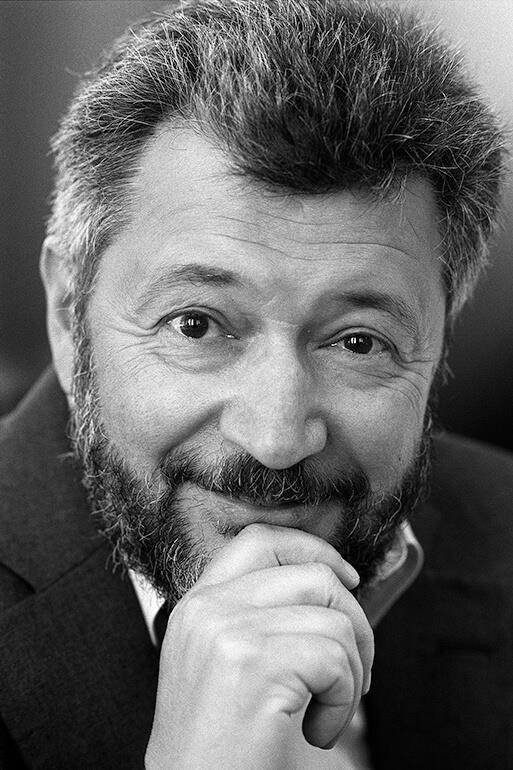
Born 7 September 1955, Khabarovsk, Russia
Fields Medal (1994)
Zelmanov studied Mathematics at the State University in Novosibirsk, Russia, (Master of Science 1977, Ph.D. 1981) and worked afterwards as a Researcher at the Institute for Mathematics of the Soviet (later, Russian) Academy of Sciences (Novosibirsk), which he is still member of. In 1990 he emigrated to the USA to be-come a professor at the University of Wisconsin Madison. In 1994 he went to the University of Chicago, and between 1995 and 2002 taught at Yale University. Since 2002, Efim Zelmanov has held the Rita L. Atkinson Chair in Mathematics at the University of California, San Diego.
He is a member of the USA National Academy of Science, the American Academy of Arts and Sciences, the Korean Academy of Sciences, the Royal Academy of Spain, the Academy of Sciences of Brazil and the Chinese Academy of Sciences.
In the 1930s, P. Jordan, J. von Neumann and E. Wigner introduced Jordan algebras in an attempt to generalize formalism of Quantum Mechanics. Later Jordan algebras found applications in explicit constructions of exceptional Lie groups, symmetric spaces etc. Between 1979 and 1983, Zelmanov developed new mathematical tools to classify the structure of Jordan algebras – even in infinitely many dimensions.
After his work on Jordan algebras, Zelmanov focused on algebras called Lie algebras, named after the Norwegian mathematician Sophus Lie. They look quite different from Jordan algebras and are tightly linked to (Lie-) groups. Groups are basic algebraic structures that underline study of symmetries. At the beginning of the 20th century, William Burnside formulated a conjecture on what makes a group finite. In 1989, Zelmanov proved a restricted variant of this conjecture.
Efim I. Zelmanov held the Heidelberg Lecture 2024 and 2022. Every year, the programmes of both the Lindau Nobel Laureate Meetings and the Heidelberg Laureate Forum (HLF) reflect the close partnership of these two gatherings. At the HLF there is traditionally a Lindau Lecture, while the Heidelberg Lecture is a fixed part of every Lindau Meeting.
For more information on Efim I. Zelmanov:
https://math.ucsd.edu/people/profiles/efim-zelmanov
